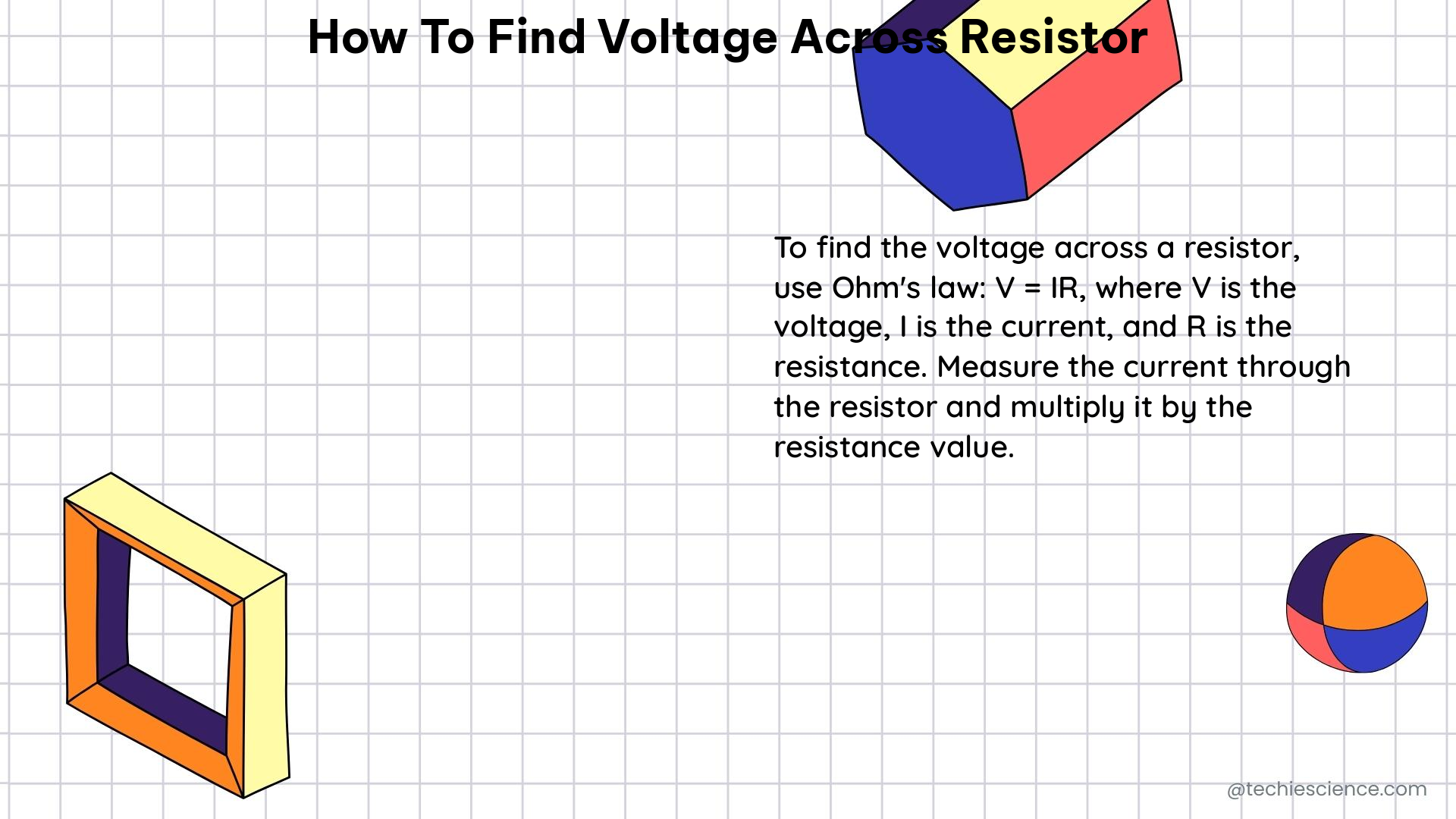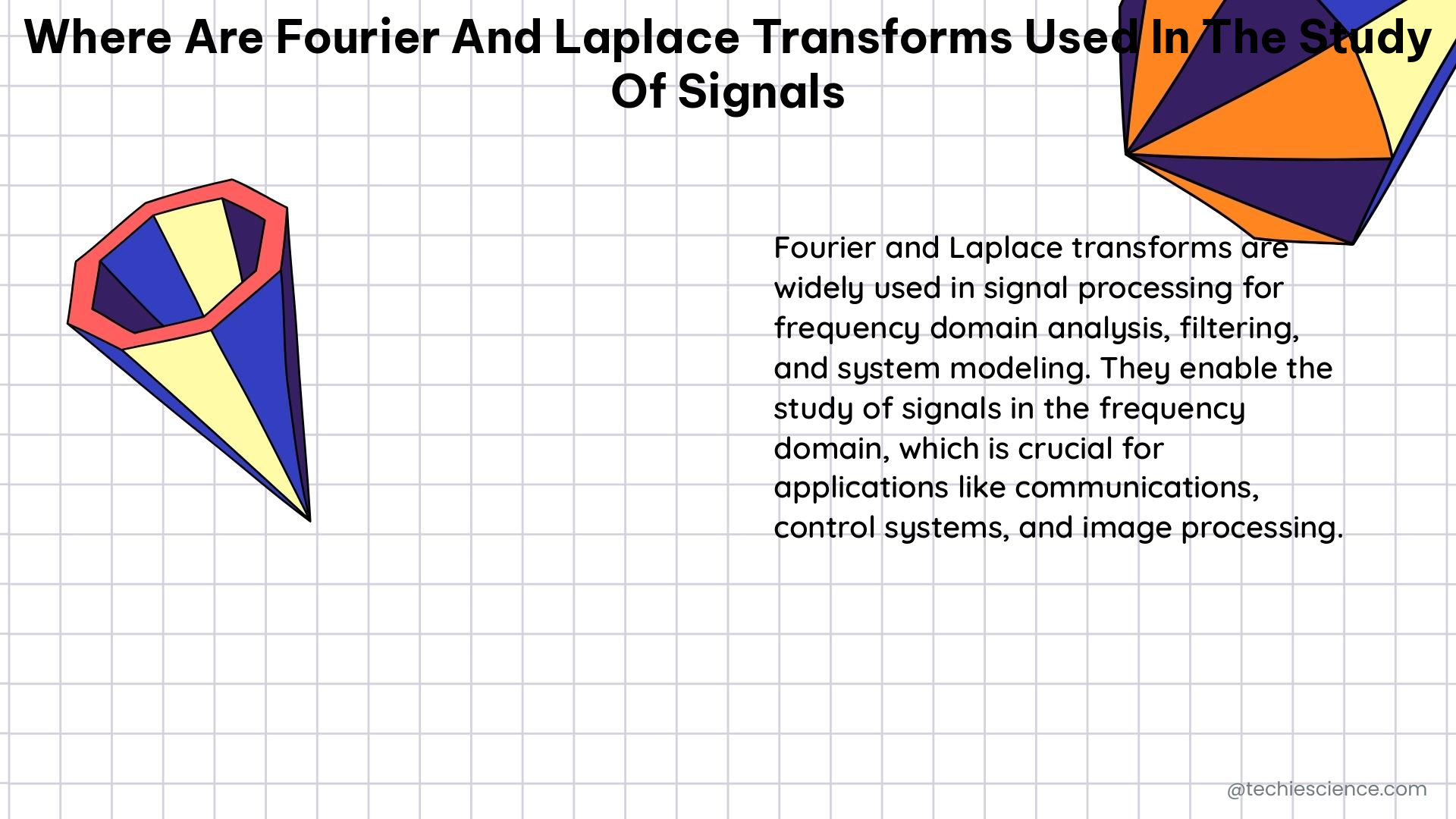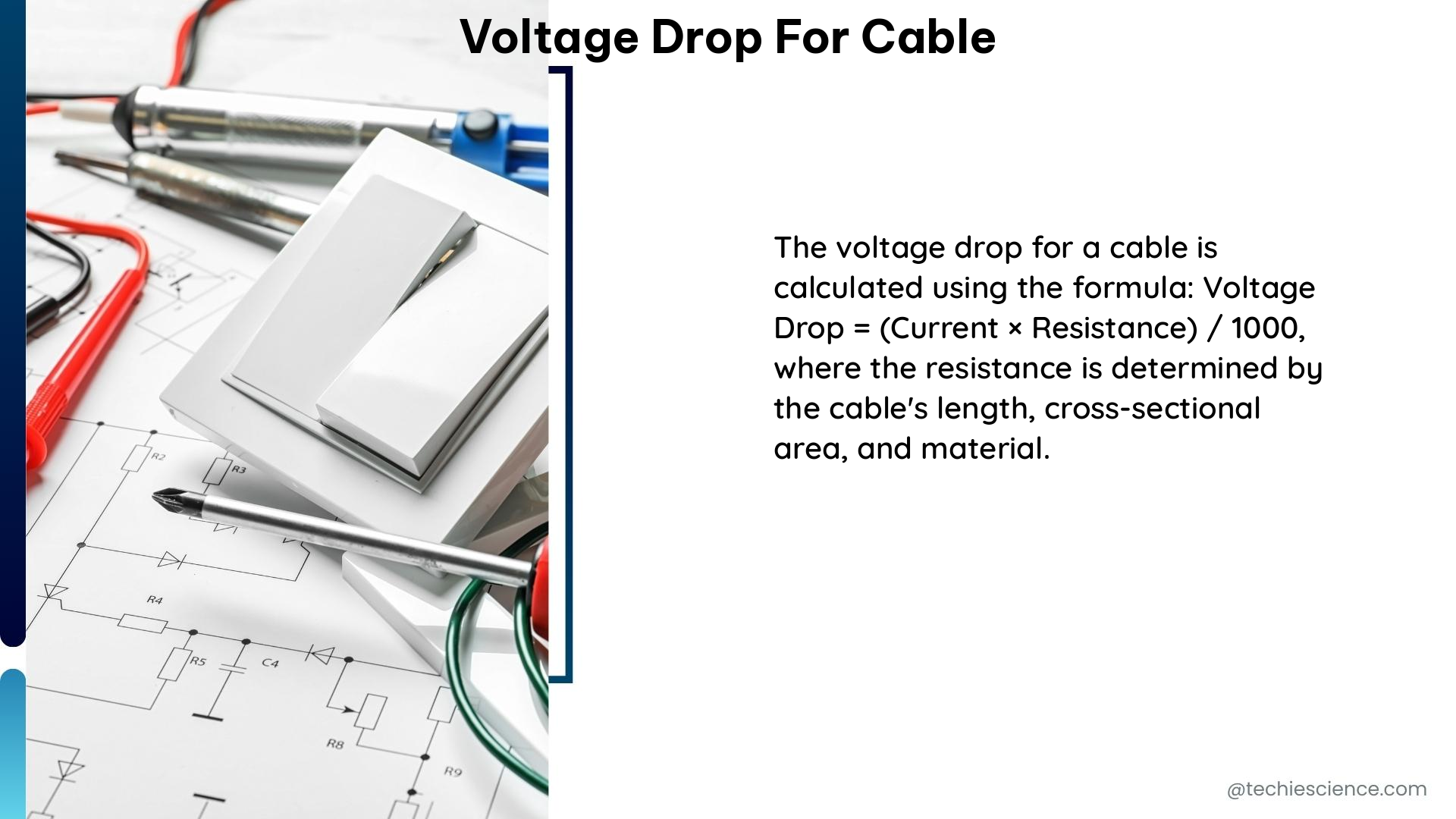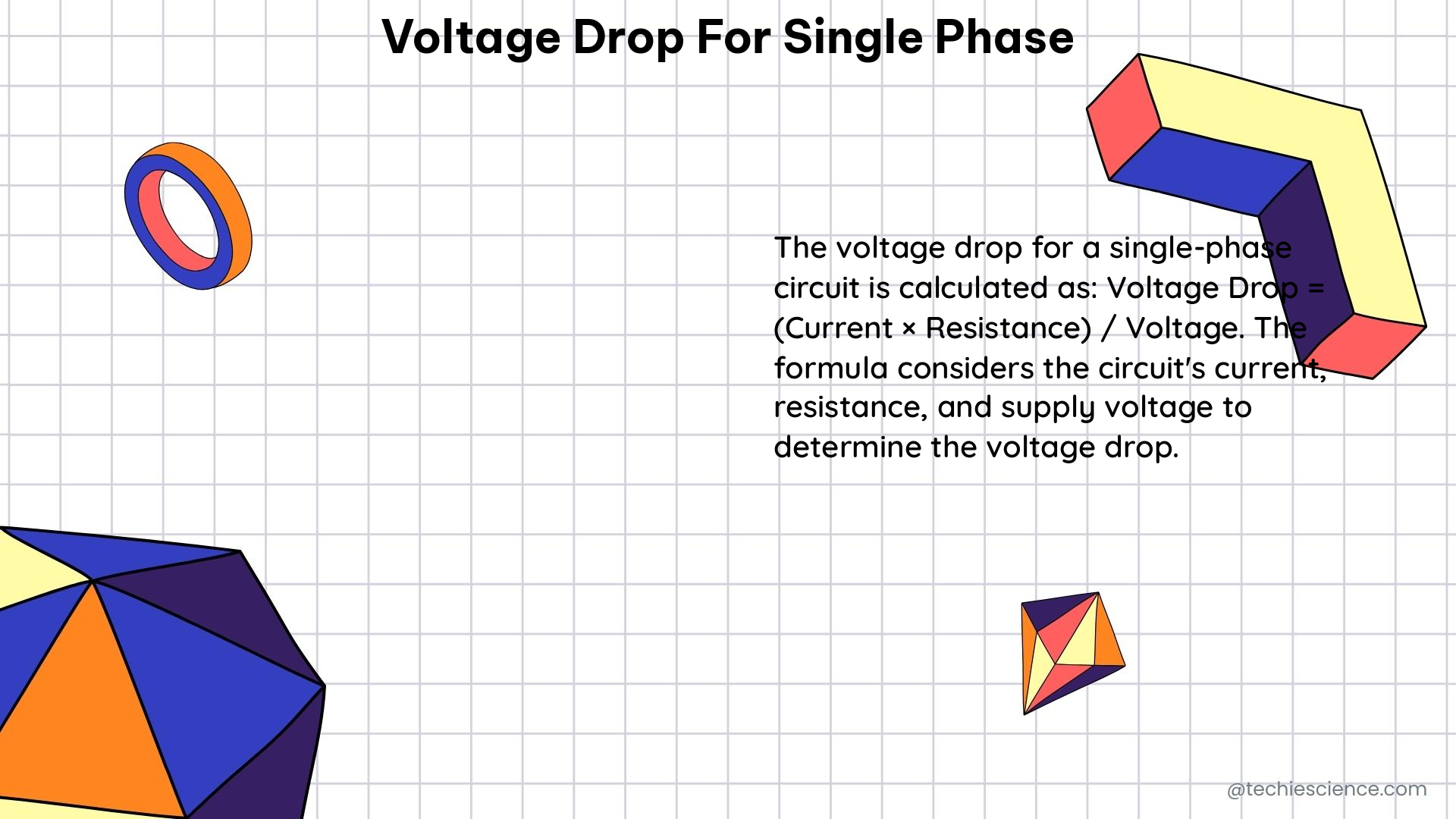Finding the voltage across a resistor is a fundamental concept in electrical engineering and electronics. Understanding how to calculate the voltage drop across a resistor is crucial for designing, analyzing, and troubleshooting electronic circuits. In this comprehensive guide, we will explore the step-by-step process of determining the voltage across a resistor using Ohm’s Law and other relevant principles.
Understanding Ohm’s Law
Ohm’s Law is the foundation for calculating the voltage across a resistor. It states that the voltage (V) across a resistor is equal to the current (I) flowing through the resistor multiplied by the resistance (R) of the resistor. Mathematically, this can be expressed as:
V = I × R
To use this formula, you need to know the values of the current and resistance in the circuit. Once you have these values, you can easily calculate the voltage across the resistor.
Measuring Resistance

The first step in finding the voltage across a resistor is to determine the resistance value of the resistor. Resistance is measured in ohms (Ω) and can be measured using a multimeter or other resistance-measuring devices.
When measuring the resistance of a resistor, it’s important to ensure that the resistor is not connected to a power source, as the presence of current can affect the resistance reading. Additionally, the resistor should be at room temperature, as temperature can also influence the resistance value.
Measuring Current
The next step is to measure the current flowing through the resistor. Current is measured in amperes (A) and can be measured using an ammeter or a multimeter in the current measurement mode.
When measuring the current, it’s crucial to connect the ammeter in series with the resistor, as the current must flow through the ammeter to be measured accurately. Connecting the ammeter in parallel with the resistor will result in an incorrect current reading.
Calculating Voltage Across the Resistor
Once you have the values of the resistance and the current, you can use Ohm’s Law to calculate the voltage across the resistor. Simply multiply the resistance (R) by the current (I) to obtain the voltage (V):
V = I × R
For example, if you have a resistor with a resistance of 10 Ω and a current of 2 A flowing through it, the voltage across the resistor would be:
V = 2 A × 10 Ω = 20 V
Voltage Drop in Series Circuits
In a series circuit, the total resistance is the sum of all the individual resistors, and the current flowing through the circuit is the same at any point along the circuit. This makes it easy to calculate the voltage across each resistor by multiplying the current by the resistance of the individual resistors.
For instance, consider a series circuit with three resistors: R1 = 5 Ω, R2 = 10 Ω, and R3 = 15 Ω. If the total current flowing through the circuit is 2 A, the voltage drop across each resistor can be calculated as follows:
- Voltage drop across R1: V1 = 2 A × 5 Ω = 10 V
- Voltage drop across R2: V2 = 2 A × 10 Ω = 20 V
- Voltage drop across R3: V3 = 2 A × 15 Ω = 30 V
The total voltage drop across the series circuit is the sum of the individual voltage drops: V_total = V1 + V2 + V3 = 10 V + 20 V + 30 V = 60 V.
Voltage Drop in Parallel Circuits
In a parallel circuit, the voltage across each resistor is the same, and the total resistance is calculated differently depending on whether the resistors are in parallel or in series. To calculate the voltage across a resistor in a parallel circuit, you need to determine the total resistance across the resistors and use Ohm’s Law to find the current flowing through the circuit, and then multiply the current by the resistance of the individual resistors.
For example, consider a parallel circuit with three resistors: R1 = 5 Ω, R2 = 10 Ω, and R3 = 15 Ω. If the total voltage across the circuit is 60 V, the voltage across each resistor would be 60 V, as the voltage is the same across all branches in a parallel circuit.
To find the current flowing through each resistor, you can use Ohm’s Law:
- Current through R1: I1 = 60 V / 5 Ω = 12 A
- Current through R2: I2 = 60 V / 10 Ω = 6 A
- Current through R3: I3 = 60 V / 15 Ω = 4 A
The total current flowing through the parallel circuit is the sum of the individual branch currents: I_total = I1 + I2 + I3 = 12 A + 6 A + 4 A = 22 A.
Factors Affecting Voltage Across a Resistor
Several factors can affect the voltage across a resistor, including:
-
Resistance Value: The resistance value of the resistor directly affects the voltage drop. As the resistance increases, the voltage drop across the resistor also increases, assuming the current remains constant.
-
Current Flow: The amount of current flowing through the resistor is another crucial factor. As the current increases, the voltage drop across the resistor also increases, assuming the resistance remains constant.
-
Temperature: The resistance of a resistor can change with temperature. As the temperature increases, the resistance of some resistors may decrease, leading to a change in the voltage drop across the resistor.
-
Resistor Tolerance: The actual resistance value of a resistor may differ from the nominal value due to manufacturing tolerances. This can affect the accuracy of the voltage drop calculation.
-
Voltmeter Resistance: When measuring the voltage across a resistor, the resistance of the voltmeter itself can affect the measurement, as it creates a parallel path for the current. This is known as the “loading effect” and should be considered when making voltage measurements.
Practical Applications and Considerations
Knowing how to calculate the voltage across a resistor is essential in various electronic applications, such as:
-
Power Supply Design: Calculating the voltage drop across resistors is crucial in designing power supplies, ensuring that the correct voltage is delivered to the load.
-
Biasing Circuits: Resistors are often used to bias transistors and other active devices in electronic circuits. Accurately determining the voltage drop across these resistors is necessary for proper circuit operation.
-
Fault Detection: Monitoring the voltage drop across resistors can help identify faults or issues in electronic circuits, such as short circuits or component failures.
-
Sensor Circuits: Resistors are commonly used in sensor circuits to convert physical quantities (e.g., temperature, pressure) into electrical signals. Calculating the voltage drop across these resistors is essential for accurate sensor readings.
-
Troubleshooting: Understanding the voltage drop across resistors is crucial for troubleshooting and analyzing the behavior of electronic circuits.
When working with voltage across resistors, it’s important to consider factors such as power dissipation, resistor tolerance, and the loading effect of the measuring instrument. Proper safety precautions should also be taken when working with live circuits to avoid electrical hazards.
Conclusion
Calculating the voltage across a resistor is a fundamental skill in electrical engineering and electronics. By understanding Ohm’s Law, measuring resistance and current, and applying the appropriate principles for series and parallel circuits, you can accurately determine the voltage drop across a resistor in various electronic applications. This knowledge is essential for designing, analyzing, and troubleshooting electronic circuits effectively.
References
- How to Evaluate the Quantitative Effect of Using a Voltmeter with Non-Ideal Resistance to Measure Voltage, https://study.com/skill/learn/how-to-evaluate-the-quantitative-effect-of-using-a-voltmeter-with-non-ideal-resistance-to-measure-voltage-explanation.html
- Ohm’s Law – How Voltage, Current, and Resistance Relate, https://www.allaboutcircuits.com/textbook/direct-current/chpt-2/voltage-current-resistance-relate/
- How to Calculate Voltage Across a Resistor, https://www.wikihow.com/Calculate-Voltage-Across-a-Resistor
- How To Calculate The Voltage Drop Across a Resistor, https://www.youtube.com/watch?v=YYSKRU1kDt4








